In March 2018, the Center for Strategic and International Studies, a think-tank devoted to the understanding of global geo-political, military and intelligence gathering events around the world, issued a white paper entitled “Contested Seas: Maritime Domain Awareness in Northern Europe”, authored by Henry A. Kissinger chair and Senior Vice-President Kathleen H. Hicks.
Among the many topics and conclusions in the paper was that Russia was engaged in a massive effort in the Baltic and Norwegian Seas to intimidate the smaller powers in the area. One of their main efforts there and world-wide is the deep ocean interception of intelligence through the tapping of trans-ocean undersea communications cables.
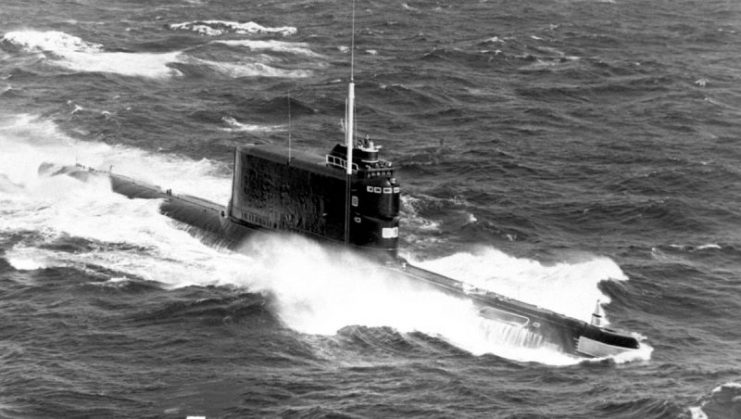
On June 12th, the day of the Trump-Kim Jong Un meeting, CNN reported on the Russian effort to intercept undersea communication as a reason for new economic sanctions by the USA against certain Russian individuals and institutions. It seems the Russians are finding new ways to gather information.
Only it’s not so new. The United States was engaged in the same type of intelligence gathering in the 1970’s, using cutting edge technologies – some of which are still classified. The information gleaned by these US efforts was instrumental in American understanding of not only Russian military preparedness and plans, but of Soviet command and control and the state of both the Soviet military and the Soviet political hierarchy.
“Operation Ivy Bells” was the brain-child of US Navy Captain James Bradley, a WWII submarine veteran and chief of Naval Undersea Intelligence in the late 1960’s/early 1970’s. By 1971, Bradley had successfully pitched his ideas to the then unknown and ultra-secret National Security Agency (NSA). The submarine chosen for the project, SSGN-587 USS Halibut, would secretly enter Soviet waters in the Sea of Okhotsk in the Russian Far East.
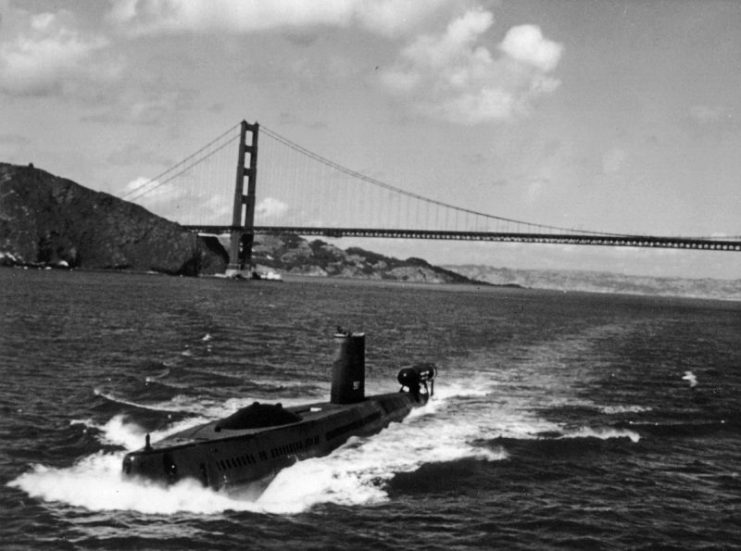
The Sea of Okhotsk was chosen for a number of reasons. First, it was the naval link between the Soviet Pacific Fleet’s base at Petropavlovsk on the Kamchatka Peninsula, and the Fleet’s headquarters on the Russian mainland at Vladivostok.
Much of the Sea of Okhotsk was off limits to civilian fishing or other vessels, and was heavily patrolled and monitored by sound detecting underwater devices. For all of those reasons (which, summed up, meant that the area was ultra-important to the Soviets and likely to contain deeply held secrets), the area of the Sea of Okhotsk was chosen by Bradley, the Navy and the NSA.
The Halibut (and later other subs) were disguised as deep-water rescue and research vessels for any prying eyes. Their hulls and propulsion systems were made ultra quiet. On their hulls were mounted fake “deep-submergence rescue vehicles” or “DSRV’s” that would normally have indicated a rescue/research vehicle. These were actually diving ports, or lock-outs from which navy divers would exit.
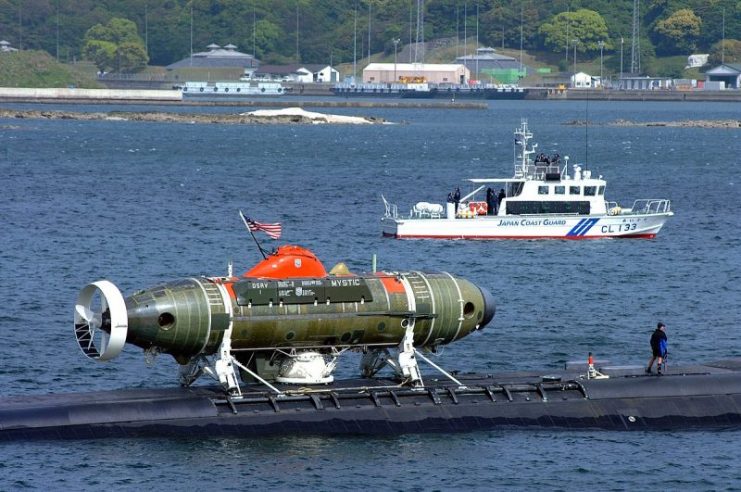
The divers themselves were among the first in the world to utilize some of the new breathing science that deep water divers use today. At 400 feet (the depth at which the Soviet cable was found), divers using a typical SCUBA oxygen supply would only be able to stay under water for minutes. With the use of a mixture which contained more helium than nitrogen (the air in SCUBA tanks is 80% nitrogen/20%oxygen), divers could stay underwater much longer, without risk of nitrogen narcosis, better known as “the bends”, which can result in death.
The Americans found the Russian military cable 120 miles off the Soviet coast in an area clearly marked as forbidden to civilian vessels – this gave them a good hint as to where to look. They then attached a device twenty feet long to the cable, which wrapped around its entire diameter. All communication that went through this cable (and it was considerable) was recorded on the device to be picked up by another US submarine. So confident were the Soviets in the security of their cable that much of the communications was in the clear (not coded). US intelligence even got to listen to phone conversations between Russian officers, their wives, mistresses and each other about issues that had nothing to do with naval strategy.
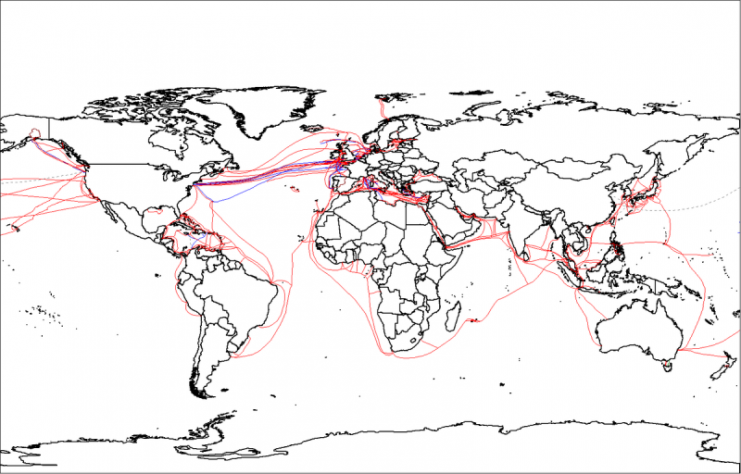
Much of this technology is still highly classified today. The cable was not pierced, which might let in water and clue in the Russians, and the device was pressure triggered to detach itself should the cable be removed from the ocean floor.
So secret was this project that most of the sailors on board did not know what the true objective of the submarine was. They were told that they were on a top secret mission to retrieve pieces of a subsonic Soviet underwater missile which had blown up. This was actually true. While the divers were deploying their device, the rest of the crew searched for the remains of this missile – which they found. The mission was in actuality…double-secret!
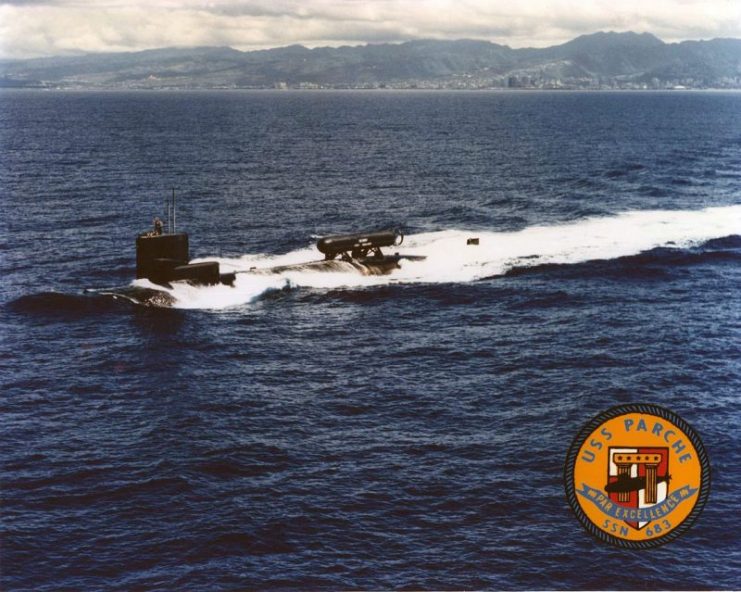
This program continued for almost ten years. The amount of intelligence gleaned from it can only be guessed, though some of the less important information was released at the end of the Cold War in the 1990’s. In 1981, the submarine USS Parche went to retrieve a device from the cable, and found that it was not there – the Soviets were onto the program! It’s a testimony to the skill of the crew of the Parche that they remained undetected, even though the Soviets had to know they were coming.
After a long analysis, it was determined that NSA agent Richard Pelton, who was in massive debt, had been selling the Soviets classified information for some time. Part of this information was “Operation Ivy Bells”. Pelton served twenty-nine years in federal prison, being released in 2015.
So the Russians are tapping or trying to tap undersea cables in the Baltic and Norwegian Seas. The US knows about it. What are we doing now? Who knows…
